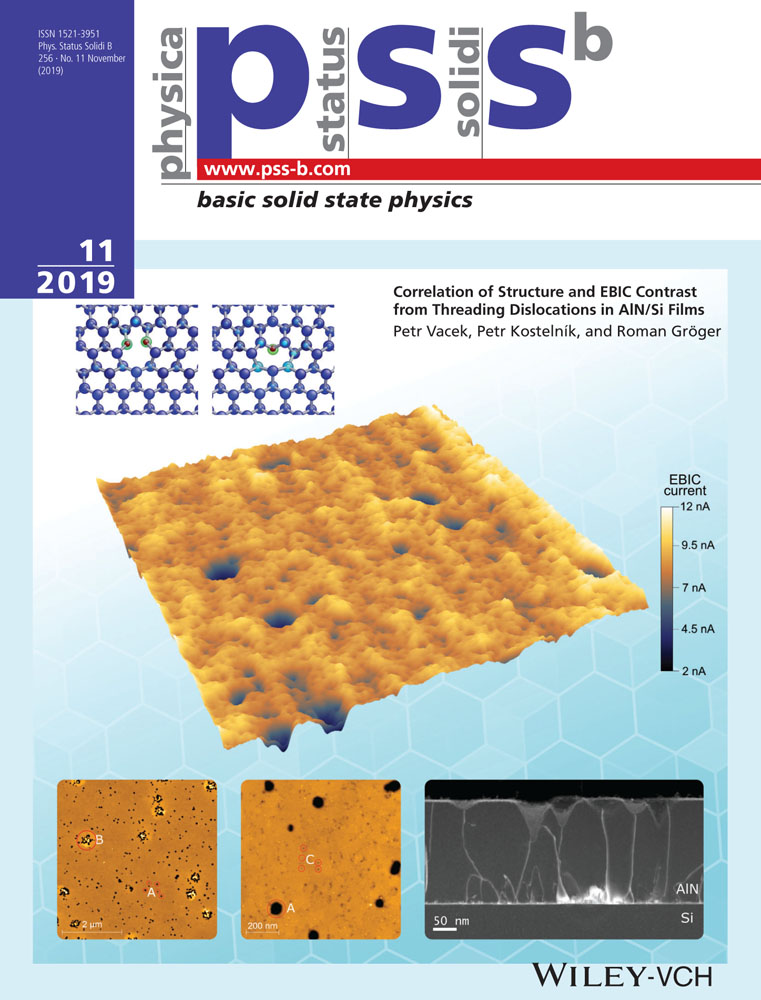Molecular Dynamics Simulations of Structural and Mechanical Properties in MgSiO3 Glass
Abstract
Molecular dynamics simulations of MgSiO3 glass have been carried out to study the structural and mechanical properties under uniaxial tension. The network structure consists of SiOx and MgOy units which link to others by corner-, edge-, and face-sharing bonds. The Si-rich and Mg-rich regions exist in MgSiO3 glass. The stress–strain curves exhibit the elastic and plastic characteristics at the various strain rates. The transformations of SiOx and MgOy units occur with increasing strain, at which the corner-, edge- and face-sharing bonds among SiOx and MgOy units change. The Si-rich and Mg-rich regions increase with increasing strain. Not only the Mg–O bond length is easier to stretch than the Si–O bond length but also the O–Mg–O bond angle of MgOy units is easier to vary than that of SiOx units with the strain. The porosity is analyzed via the voids. The voids gather into the clusters of voids. The radii of voids increase with increasing strain. The number of big Mg-voids increases under the tension and these voids coalesce to form large pores. These large pores do not coalesce to cause the fractured free surfaces. The formation of shear band was observed at the strain of 0.82.
Conflict of Interest
The authors declare no conflict of interest.




